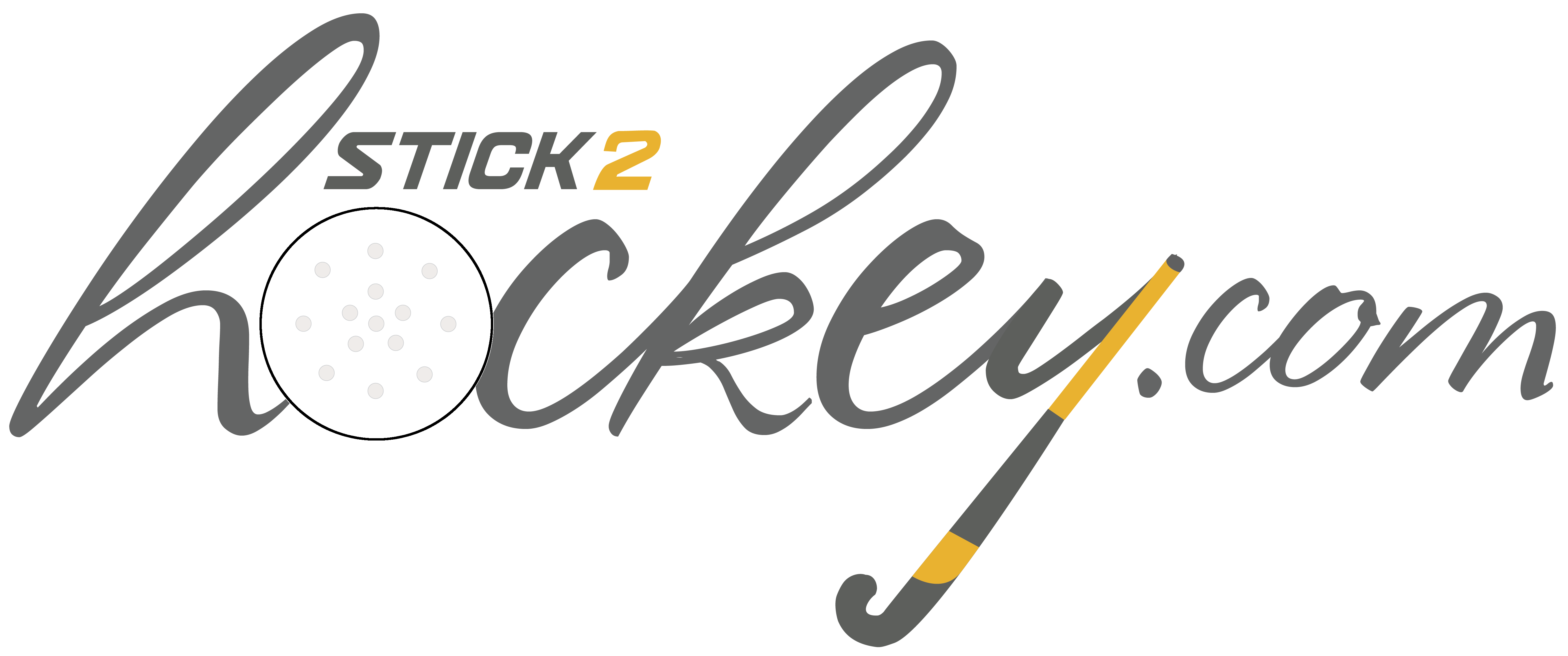My Last Word: Commercial hockey’s first success
Share
My last world: Part I:
Commercial hockey’s first major success
In the 80s, the likes of Phil Appleyards talked eloquently about one mysterious ‘World Hockey Series’ a proposal that was on paper for almost a decade, which never took off beyond a few radio bytes.
And, Phili Appeyard – a former FIH bigwig, who with his stone age approach to problems kept hockey away from public – was not alone.
There have been many attempts in the past to improve the image of hockey, make it a popular sport, enjoyable by a wide and vast section of public.
Asia-Australia Test Series proposed by an Australian firm in the 80s, Asia-Europe Intercontinental Series partly executed by the Asian Hockey Federation, and all such efforts fell for want of proper packaging, marketing and sustainability.
Only exception is Former FIH President Bredea Els van Vriesman’s vision. Around the Monchengladbach World Cup, she came out with a brain wave. She allotted the World Cup to India, and hoped to reap commercial benefits. Her vision worked.
Her model of World Cup – organizing by the FIH and on its own terms – turned out to be rewarding.
Normally the leading global sports organizations make the sponsorship deals public, like BCCI or IPL do in India, but the FIH in its wisdom chose to keep all the money matters under the wrap. We have to therefore do the speculative job, no other way to go. So, here is my observation on these.
Hero Hondo chipped in about Rs. 12 crores as main sponsor.
SAIL came out with Rs. 6 crore as Presenting Partner fee.
There were other four partners (like ING Insurance, Karbonn Mobiles etc), to the Hero Honda World Cup each parting a huge Rs. 1.5 to 2 Crores.
Gate collection exceeded at any case Rs.2.5 Crores
In all, the turn over for the World Cup is about Rs. 26 crores out of which the profit margin is expected to be in the order of 70 to 80 percent. It seems the host country got about 15 percent, rest going to the coffers of the FIH.
Hero Honda not only sponsored the event, but spent USD 5 million on popularizing the event, and about one fifth of that amount by presenting partner SAIL.
Daily awards to players, their momentos, cash and kind rewards from knock out stage onwards are all borne either by Hero Honda or SAIL.
The stadium use came at free of cost, transport buses, another main cost factor, came at subsidized rates. The coaching course, if that comes under world cup ambit, is a reasonable spend.
Main expenses for the organizers is flying, boarding and lodging of officials including umpires and local transport of teams.
Its pity the organizers spent not even single penny on popularizing the event like publicity; even opening and closing ceremonies were not organized on one pretext or other.
There was a sponsor for refreshments and drinks, no expenses on that count as well.
Even full stands for the final even as the host team was not there, total branding on the turfs, Delhi marked the first commercial success of hockey.
Whatever you call, this is another contribution of Indian hockey to the cause of world hockey.
Delhi showed the way how hockey can also generate private money, and how stands can be full all the time.
Future hockey won’t be same after Delhi has set high standards.
It will be Herculean effort for any other country to scale the height Delhi had set in.
After the Indian hook, this kind of booty is the another Indian contribution.
FIH often on record that the profits of the world cup will be ploughed back to the development of Indian hockey.
Let us wait and watch what happens from now on.


